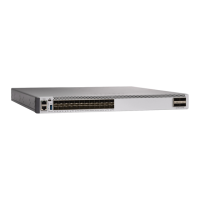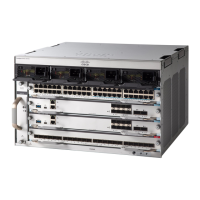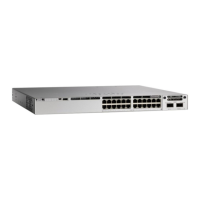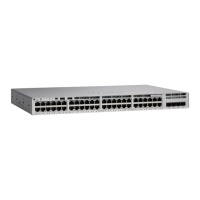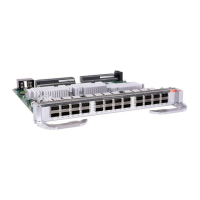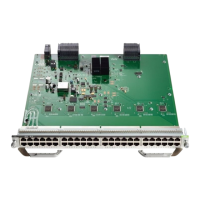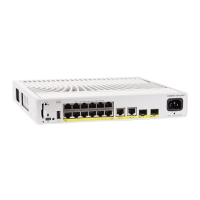•
You can enable BFD for all of the interfaces for which OSPF is routing by using the bfd all-interfaces
command in router configuration mode. You can disable BFD support on individual interfaces using
the ip ospf bfd [disable] command in interface configuration mode.
•
You can enable BFD for a subset of the interfaces for which OSPF is routing by using the ip ospf bfd
command in interface configuration mode.
See the following sections for tasks for configuring BFD support for OSPF:
Configuring BFD Support for OSPF for All Interfaces
To configure BFD for all OSPF interfaces, perform the steps in this section.
If you do not want to configure BFD on all OSPF interfaces and would rather configure BFD support specifically
for one or more interfaces, see the Configuring BFD Support for OSPF for One or More Interfaces section.
Before You Begin
OSPF must be running on all participating routers.
The baseline parameters for BFD sessions on the interfaces over which you want to run BFD sessions to BFD
neighbors must be configured. See the Configuring BFD Session Parameters on the Interface section for more
information.
Procedure
PurposeCommand or Action
Enables privileged EXEC mode.enable
Step 1
Example:
Device> enable
•
Enter your password if prompted.
Enters global configuration mode.configure terminal
Example:
Device# configure terminal
Step 2
Specifies an OSPF process and enters router
configuration mode.
router ospf process-id
Example:
Device(config)# router ospf 4
Step 3
Enables BFD globally on all interfaces associated with
the OSPF routing process.
bfd all-interfaces
Example:
Device(config-router)# bfd
all-interfaces
Step 4
Routing Configuration Guide, Cisco IOS XE Everest 16.6.x (Catalyst 9500 Switches)
14
Configuring Bidirectional Forwarding Detection
How to Configure Bidirectional Forwarding Detection

